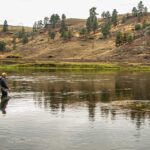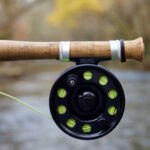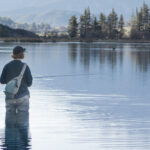So You Want to Go Fly Fishing? Part 2
In Part 2 of this 2 part series, you will learn about the basics of fly fishing and how to actually get out on the water. If you’re looking for information on what gear you may need to get started, head on over to So You Want to Start Fly Fishing? Part 1
Where To Go
Often, the state department of wildlife publishes guides for where to fish. Some towns even have ponds for teaching and practice. A fly shop is your best bet to call and ask for nearby rivers or lakes to fish in. It can be difficult to identify a parking space on less managed public lands (BLM, Forest Service) so looking at a satellite image before going can help immensely. It’s best to go in the morning or dusk, but fish can be caught at any time of day.

Casting
Casting is the meat and potatoes of fly fishing. It is where meditation meets practice, where the beauty of the sport is most obvious. There are two types of casts beginners need: the forward cast, and the roll cast.
The basic fly cast is best used in open spaces, and can become poetry in motion when done well. The weight of the line is lobbed backwards, and then shot forward to reach the perfect spot to catch a fish. There are a plethora of videos on how to cast a fly rod, but this one is a wonderful starting point.
The roll cast is a cast where you create a circle in your fly line that shoots it forward. This is best used in situations where you can’t cast backwards due to heavy brush. It looks difficult, but once it’s mastered, it will be your go-to in creek fishing situations. In practice, the technique is similar to dropping a hammer. Here is another excellent video from Orvis. In both cases, point the end of your rod where you want it to go, much like following through when throwing a ball.
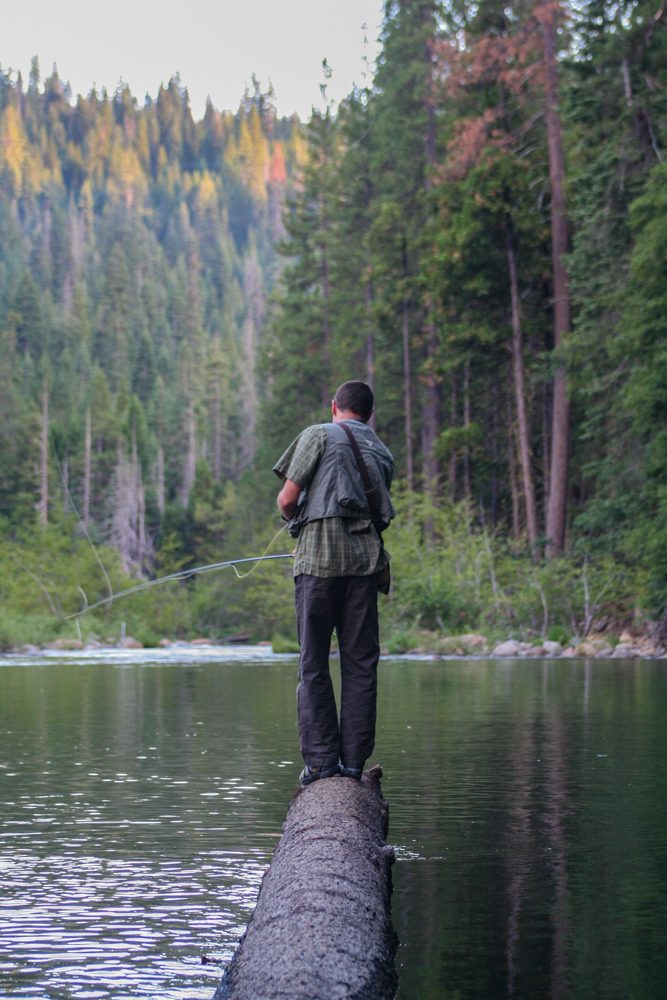
Knots
There are two knots you need to know to begin: the double surgeon’s and the improved clinch knot. The double surgeon’s knot is used to tie your tippet to your line, and the improved clinch knot is used to secure your hook to your tippet. It’s good to try both of these knots with a larger rope first, and then with the tiny line you will be fishing with. This grouchy man has the best guide for the double surgeon’s knot. This video is the best for the improved clinch knot. Knots will be the second most frustrating part of fly fishing, only after getting your fly line tangled in brush.
Matching the Hatch
The goal of selecting the correct fly is called “matching the hatch”. It means finding out what fish are eating at the river you’re fishing, and can be as simple as watching a fly land on the water. When you approach a fishing spot, it’s good to take a minute and observe your surroundings. Did you see grasshoppers flying as you approached? A good time for a hopper fly. Are the flies small and can you see what color their bodies are? Find a fly that is similar in size, shape, and color. Getting an exact match is a great way to boost your chances of catching a fish, but remember, your technique and making the fly mimic the actual animal will help even more. General flies that look like many things have a better chance when presented correctly than an exact fly that doesn’t move like one at all.
How to Read Water
Reading water can seem daunting and complicated, but if you master reading water your chances of catching a fish increase dramatically. The thing to remember is that “trout need 3 things: oxygen, food, and cover” said fishing guide Ian McCormack. Cover can be provided by submerged objects such as logs, or from above by branches. Near the bank often provides great cover for a trout because a bird attacking from above could only come from one direction. The banks offer occasional bugs falling into the river to be eaten. Trout can often be found in a “bubble line”, indicating a faster moving and more oxygenated current. These function like conveyor belts, bringing food directly to trout. These are some of the guidelines for trout fishing, but fish can be found in any part of the water, as the picture below shows. Reading the water comes with time and experience, but using oxygen, food, and cover as guidelines will speed up the process.

Conservation
Fly fishing is a chance to connect with the land, and has inspired conservationists through the years. Removing dams, cleaning up streams, and making sure that the fish maintain a sustainable population are all the big goals of fly anglers as conservationists. Mayflies and trout are both good indicators of a healthy stream environment. There’s a saying that “trout don’t live in ugly places”. Fly fishing is primarily catch and release. If you want to catch a fish to eat, it’s important to check with local guidelines on the number you can catch and keep. This can vary even on the same river. When handling the fish, Keepfishwet.org recommends three basic principles: minimize air exposure, eliminate contact with dry surfaces, and reduce handling time. Since fish are put under stress when hooked, it’s important to try and minimize this as much as possible to keep the fish alive and healthy. Doing this and having a respect for your environment by following Leave No Trace principles are two of the best things an angler can do for direct conservation. Volunteering time with a local or national conservation organization such as Trout Unlimited is a great way to create a larger impact.
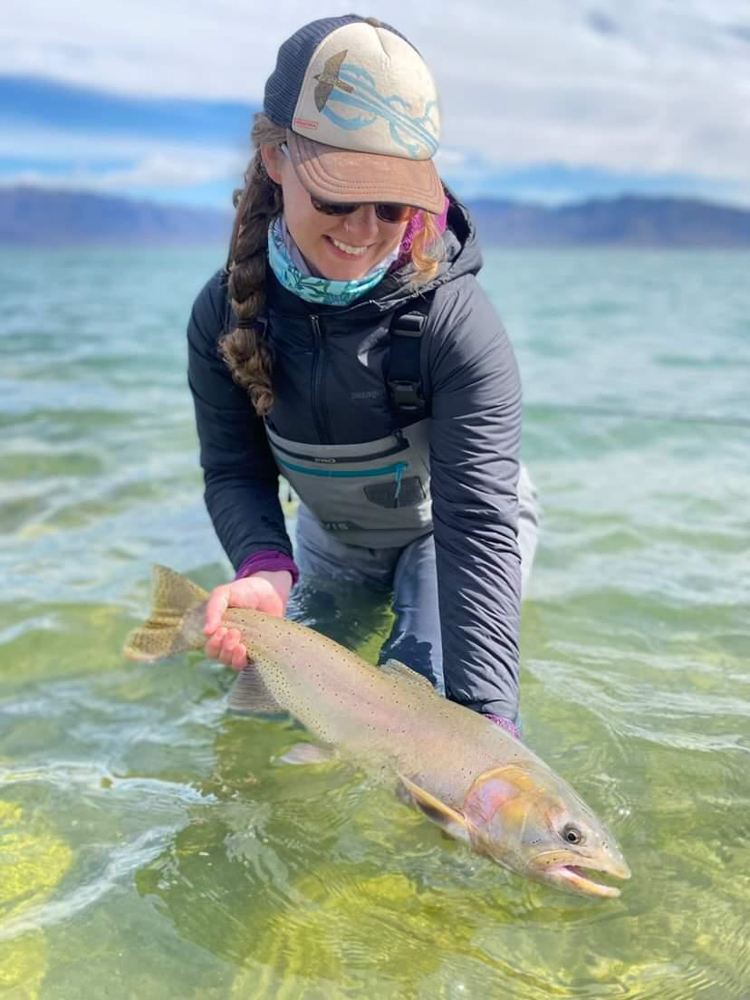
Impediments to Access
Fly fishing is wonderful, but has traditionally been thought of as a sport for old white men. The prospect of going on to public land with unfamiliar gear and complex systems and techniques has created an activity that seems hard to get into. Not to mention the constant possibility of getting your hook stuck. As United Women on the Fly Community Outreach Member and current MS student in Watershed Sciences Shelby Sawyer says:
“Fly-fishing provides a special opportunity for folks to connect, rally behind shared-interest conservation efforts, and build community. Unfortunately, fly-fishing as both a sport and an industry has historically excluded many groups, such as (but not limited to) women, BIPOC, and LBTQ individuals.”
She “encourages anglers to look into the work that groups such as Brown Folks Fishing are doing, such as the Angling for All Pledge initiative. United Women on the Fly is also working hard on this front. They are actively working to amplify the voices of underrepresented outdoors women and provide a wealth of amazing educational resources.”
Creating an inclusive atmosphere can be as simple as saying hello to anglers on the river. Erica Nelson, host of the Awkward Angler podcast says:
“Simple things like saying hi goes a long way. Also communication is key, I see a lot of anglers try to hurry up to a spot or get angry at others for fishing a spot they wanted. A simple hello and conversation of their goals will allow everyone to have a good time.”
The biggest piece of advice for beginners found in writing this article was to be patient with yourself. Professional guide Ian McCormack says “don’t be afraid to not catch anything”, and Sawyer said “If (when) you get really frustrated, just take a break and enjoy your friends or the nature around you!”
Fly fishing is a beautiful sport. The gurgle of the streams, the morning and evening light dancing on the water, and the atavistic joy of reeling in a big one. It can provide a way to become more closely connected to your home waters. It can be a road towards meaningful conservation. Most of all, it’s a great way to get out there and discover places you wouldn’t otherwise explore. Fly fishing can mean something different for everyone, and it can mean everything for some. The only way to find out is to get out and try it!
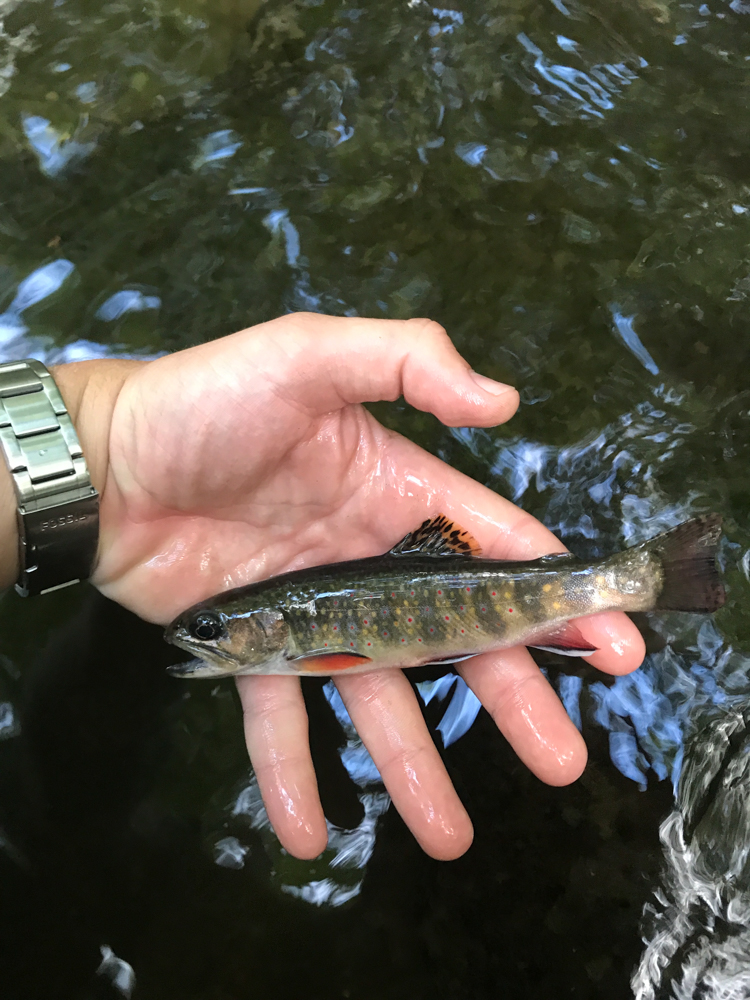
If you’re looking for information on what gear you may need to get started, head on over to So You Want to Start Fly Fishing? Part 1
About the Gear Tester

Charles Miller
Charles Miller is a writer and copywriter who loves thinking about outdoor recreation and conservation. He is an avid angler, climber, cyclist, and backpacker. He can usually be found with his hound dog, Walter.


